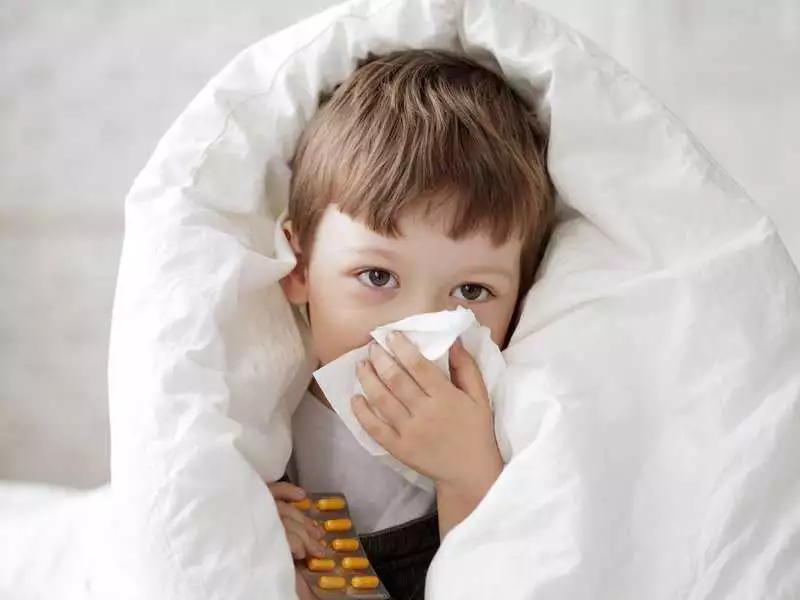Despite years of widespread vaccination, pertussis is a disease still present in children in our country. Recently, there has even been an alarming increase in the incidence. This article for parents presents the clinical picture of pertussis with particular emphasis on possible complications and principles of prevention.
Typical clinical course of pertussis
Pertussis is an illness that lasts for many weeks. The course of the disease can range from a severe course, complicated by pneumonia and unconsciousness (mainly affecting unvaccinated children), to a so-called abortive course, occurring in children who have previously undergone at least partial immunisation and in adults.
Typically, 3 periods of illness are distinguished:
- I - non-infectious period: lasts 1-2 weeks, manifests itself in an atypical manner, similar to trivial respiratory infections. There are sub-febrile conditions, rhinorrhoea and pharyngitis, coughing. Note: During this period, the child is most infectious to other children.
- II - paroxysmal cough period: lasts up to 4-6 weeks! During this period, attacks of persistent coughing, typical of whooping cough, appear, making the diagnosis easier. The cough in the second period of whooping cough is a paroxysmal cough, occurring mainly at night. A child who starts coughing at some point - is unable to stop. He or she makes a series of a dozen or more short, dry coughs. In between coughs, he or she struggles to catch air - accompanied by a wheezing sound comparable to the crowing of a rooster (whooping cough, huffing). Whooping cough attacks cause fright and breathlessness in the child. Often when coughing, the child vomits and petechiae appear on the face. Serious complications can occur during this period, as described below. Infants are particularly at risk.
- III - recovery period. After weeks of paroxysmal coughing, the symptoms gradually ease, but there is still at least six weeks of airway hyperresponsiveness, resulting in cough recurrences when exposed to a variety of non-specific stimuli such as tobacco smoke, cold air, or physical exertion.

photo: panthermedia
Complications of whooping cough
Pertussis is a disease with a relatively high risk of complications. The most serious risk is violent coughing fits in the infant, which can lead to airway obstruction and, in extreme cases, even apnoea and cardiac arrest. Among other complications, two of the most important should be mentioned:
- Pneumonia with abscess formation or dilatation - staphylococcal superinfections leading to severe pneumonia are common in the course of pertussis.
- Encephalopathy (pertussis encephalitis) - pertussis toxin has a damaging effect on the central nervous system. In addition, neurological symptoms are favoured by hypoxia, occurring during a period of persistent paroxysmal coughing. Symptoms include impaired consciousness, convulsions, increased tendon reflexes and more. It is a very serious condition with a mortality rate of up to 20-30%.









